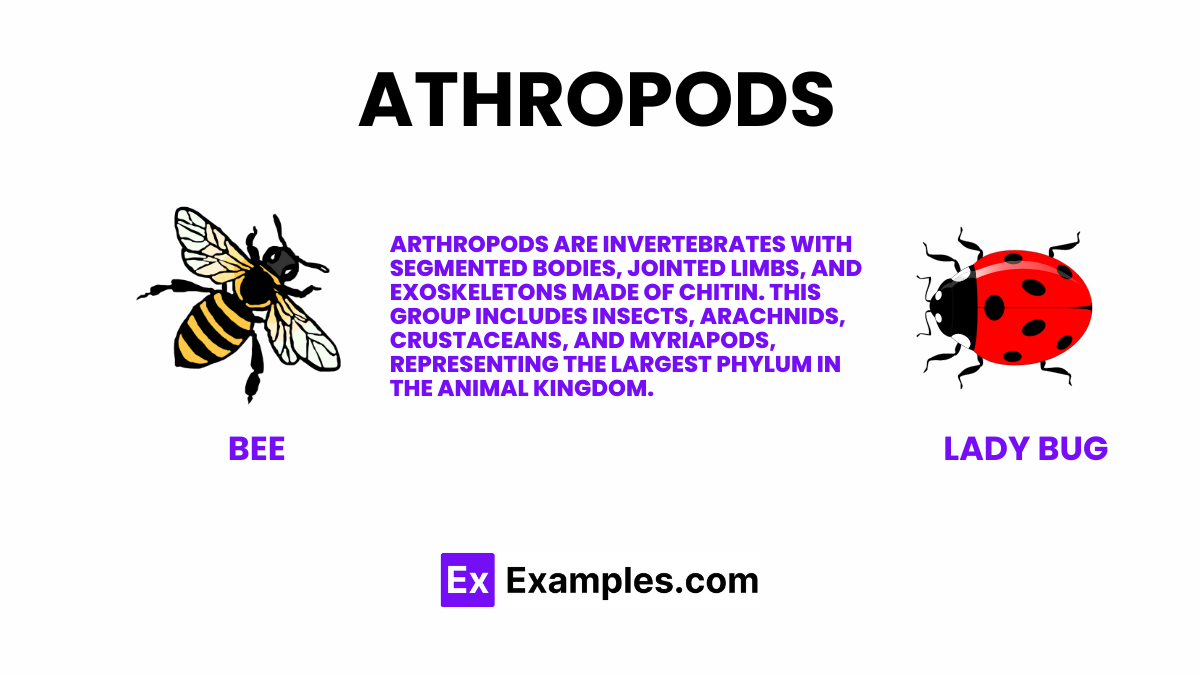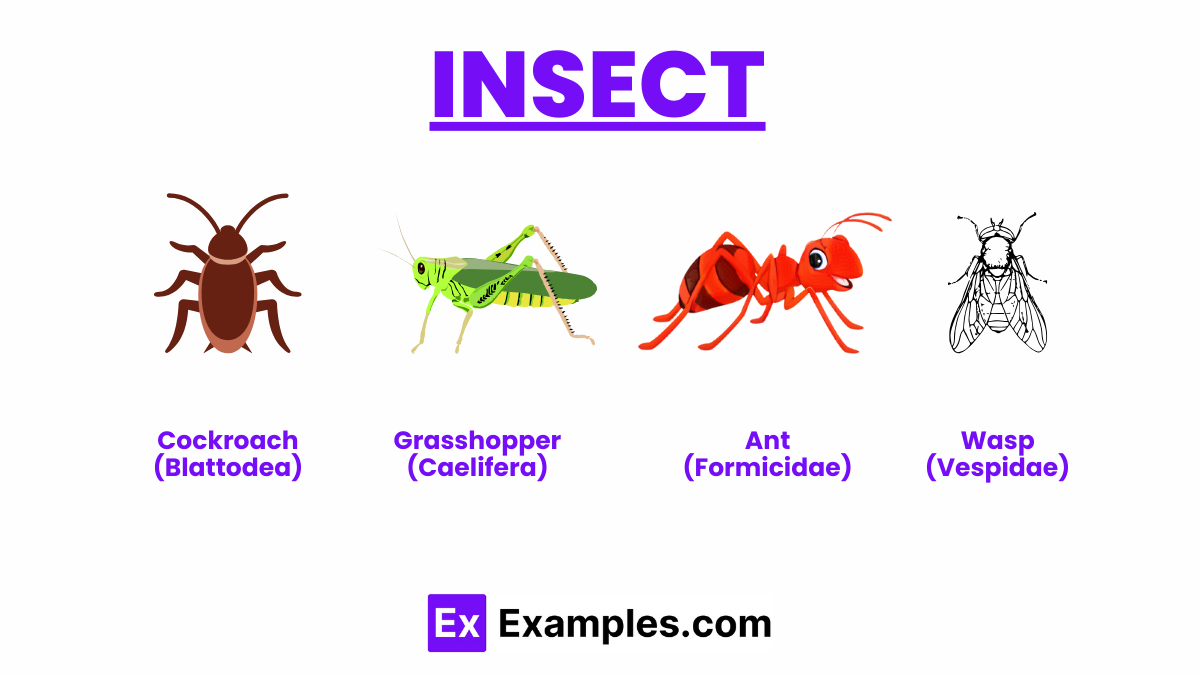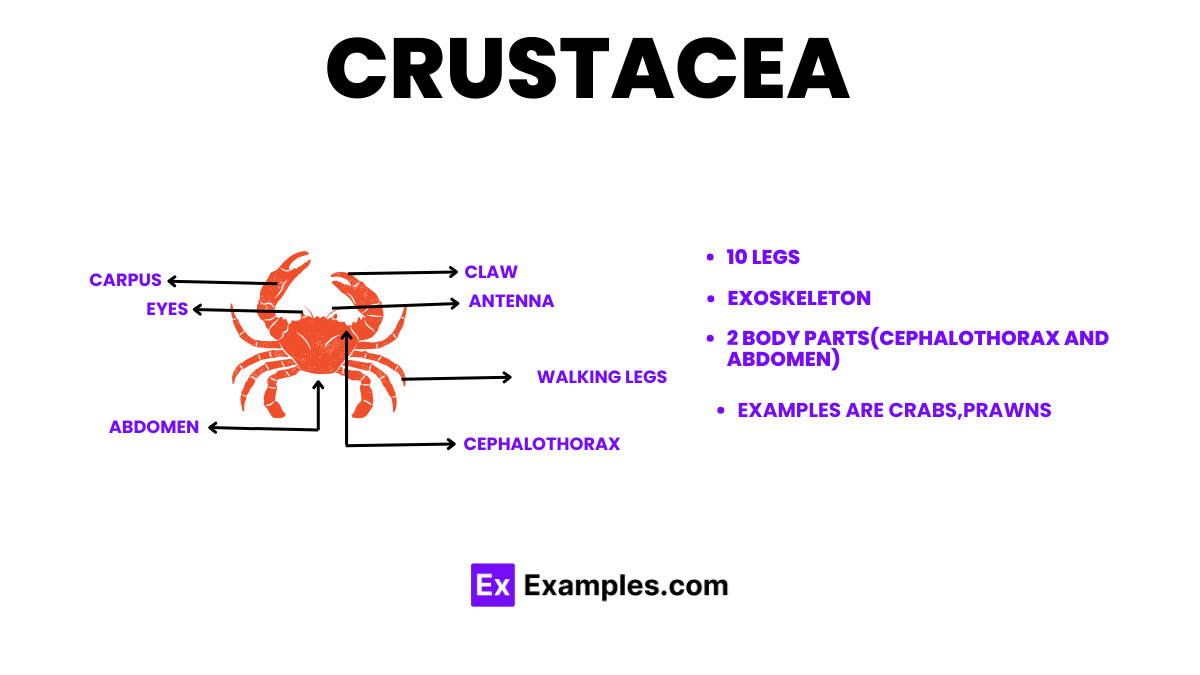Which of the following is NOT an arthropod?
Spider
Lobster
Earthworm
Scorpion


Embark on an exploration of Arthropods, the most diverse and fascinating phylum in the animal kingdom. From the delicate wings of butterflies to the intricate webs of spiders and the hardy shells of crabs, arthropods dominate every habitat on Earth. This guide unveils the secrets of their success, their incredible adaptations, and their pivotal roles in ecosystems. Dive into the world of insects, arachnids, myriapods, and crustaceans through vivid examples and captivating insights.
Arthropods are a group of invertebrate animals that have an exoskeleton (a hard outer shell), a segmented body, and jointed appendages. This group includes insects, spiders, crustaceans, and centipedes. They are the largest and most diverse group of animals on Earth, living in almost every habitat from deep sea to mountain peaks.
The best example of arthropods is insects, such as the Monarch Butterfly (Danaus plexippus). Insects represent the largest group within arthropods, showcasing key features like an exoskeleton, segmented body, and jointed legs, and are found in nearly all environments on Earth.
Arthropoda, the largest phylum in the animal kingdom, exhibits a set of unique characteristics that distinguish its members, including insects, arachnids, myriapods, and crustaceans. Here’s a detailed look at their key features:
Arthropods, the largest phylum in the animal kingdom, are classified into several major groups based on their unique characteristics and evolutionary relationships. Here’s a detailed explanation of their classification:




Arthropoda, the most diverse and abundant phylum in the animal kingdom, encompasses a fascinating array of creatures with unique traits and behaviors. Here are some intriguing facts:
Arthropods, encompassing a diverse range of species including insects, spiders, crustaceans, and myriapods, exhibit varied reproduction strategies from simple mating to complex life cycles. These creatures may engage in sexual reproduction, parthenogenesis (where females produce offspring without male fertilization), and even viviparity (giving birth to live young). The fertilization process can be direct or involve intricate courtship rituals and mating behaviors, ensuring genetic diversity and adaptation to environmental challenges. Egg-laying practices vary widely, with some species displaying parental care. Understanding arthropod reproduction is crucial for insights into their survival, evolution, and ecological impact.
Common types include insects, spiders, scorpions, crustaceans (like crabs and lobsters), and myriapods (centipedes and millipedes).
Key features include a chitinous exoskeleton, segmented body, jointed limbs, and many undergo molting.
Arthropods inhabit diverse environments worldwide, from deep oceans to tropical forests and urban areas.
Arthropods play crucial roles in ecosystems as pollinators, decomposers, and food sources for other animals.
Most arthropods reproduce sexually, with some species capable of asexual reproduction via parthenogenesis.
Arthropods have varied diets, including herbivorous, carnivorous, omnivorous, and detritivorous lifestyles.
Arthropods, encompassing insects, arachnids, crustaceans, and myriapods, represent Earth’s most diverse and adaptable organisms. Their complex reproductive strategies, ecological roles, and evolutionary success underscore their significance in every habitat. Understanding arthropods is crucial for biodiversity conservation and offers insights into the resilience and adaptability of life, highlighting the intricate balance of ecosystems and the importance of preserving these remarkable creatures for future generations
Text prompt
Add Tone
Characteristics of Arthropods
Classification of Arthropods
Which of the following is NOT an arthropod?
Spider
Lobster
Earthworm
Scorpion
What is the primary characteristic that distinguishes arthropods from other invertebrates?
Soft body
Segmented body with jointed appendages
Lack of nervous system
Presence of a shell
Which of the following arthropods is known for having eight legs?
Spider
Ant
Beetle
Crab
What type of respiratory system do most terrestrial arthropods use?
Gills
Lungs
Tracheal system
Skin diffusion
Which of the following is a crustacean?
Butterfly
Shrimp
Centipede
Grasshopper
What is the exoskeleton of arthropods primarily made of?
Cellulose
Chitin
Keratin
Silica
How do arthropods grow if they have a hard exoskeleton?
By stretching the exoskeleton
By shedding the exoskeleton and growing a new one
By adding layers to the exoskeleton
By absorbing water to expand
Which class of arthropods is characterized by having three pairs of legs?
Arachnida
Crustacea
Insecta
Myriapoda
Which arthropod is known for its ability to regenerate lost limbs?
Ant
Crab
Butterfly
Spider
What do you call the process of shedding an exoskeleton?
Metamorphosis
Regeneration
Photosynthesis
Molting
Before you leave, take our quick quiz to enhance your learning!

